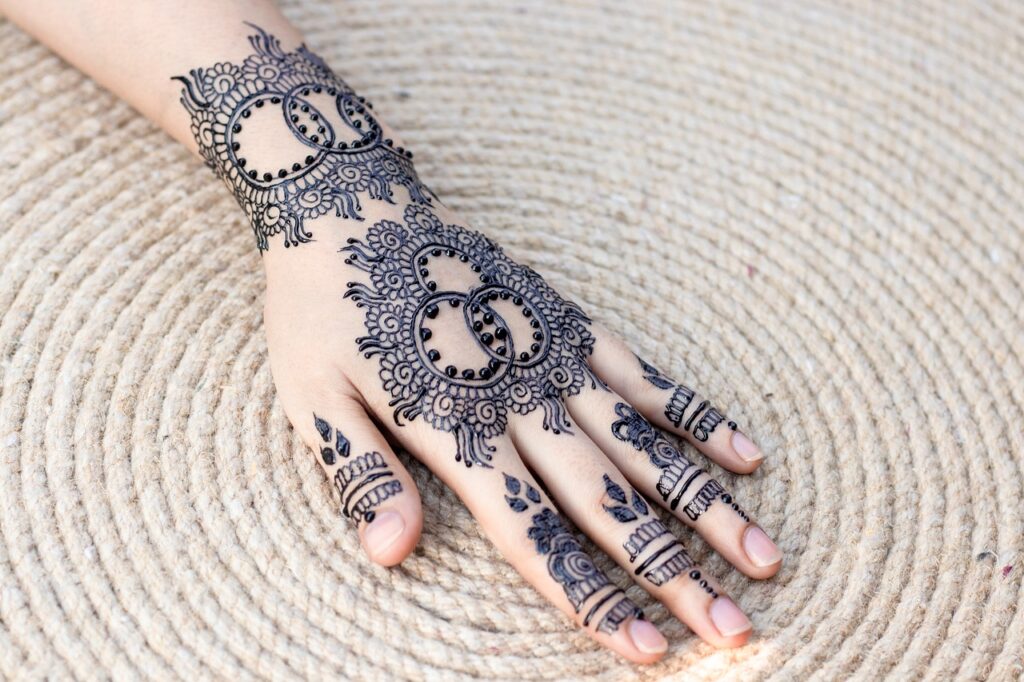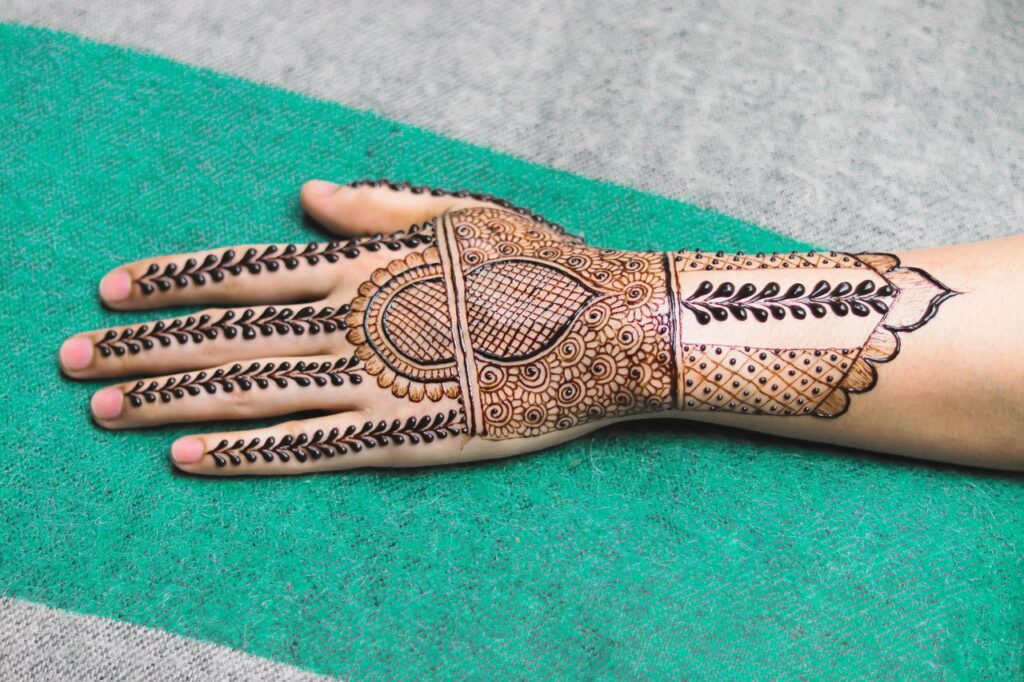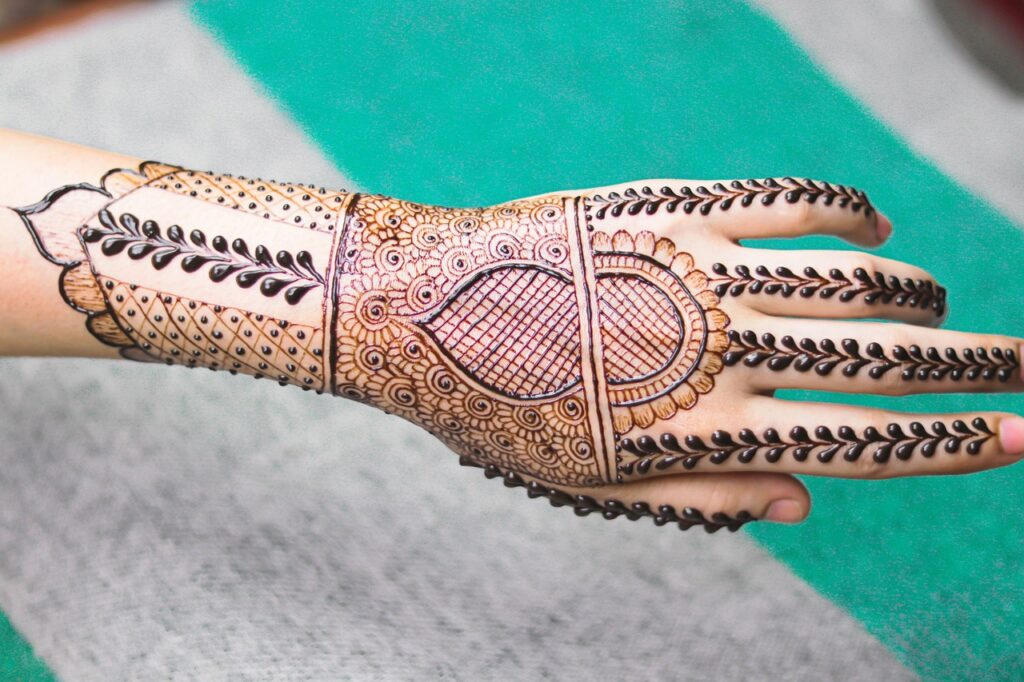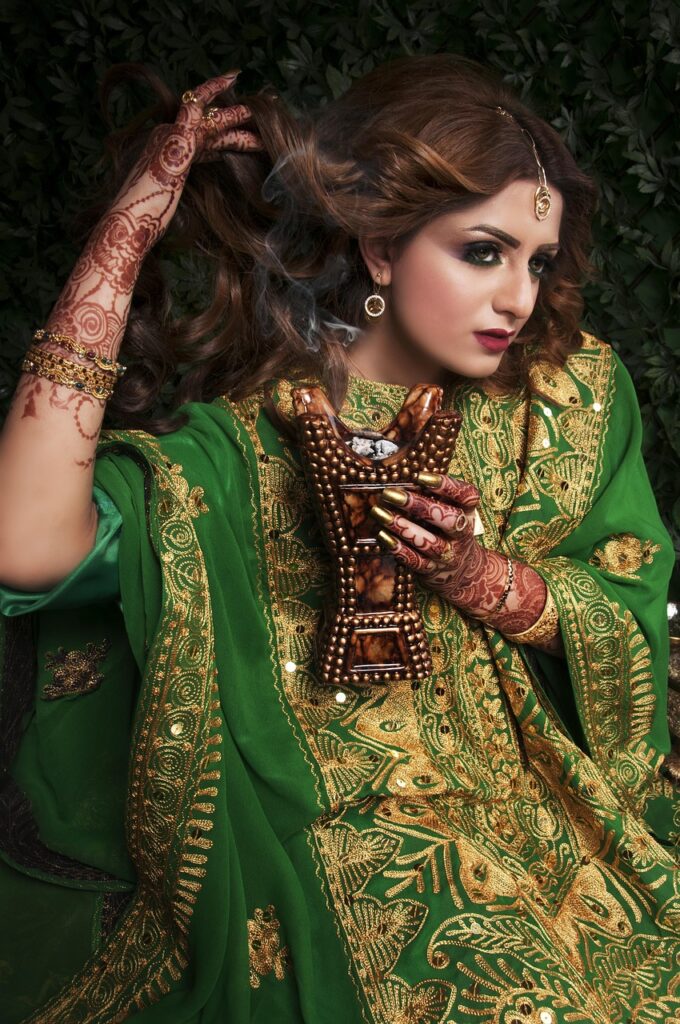Understanding the Essence of Hand Mehndi Design

Hand mehndi design, an intricate form of body art, traces its roots back to ancient civilizations. Originating in South Asia, it continues to be a significant part of cultural rituals, especially during weddings and festive occasions.
This beautiful art involves applying henna paste to the skin, resulting in stunning patterns that can range from delicate to elaborate. As societies evolve, so do the styles and motifs of mehndi, making it a dynamic reflection of contemporary fashion and personal expression.
What are the popular motifs in hand mehndi design?
Common motifs include floral patterns, paisleys, and geometric shapes. Each design tells a story, often symbolizing love, fertility, and good fortune.
Did You Know?
According to research by the Mehndi Artists Association, over 90% of brides in India opt for intricate mehndi designs as a traditional practice during their wedding ceremonies. Source
Materials and Techniques Used in Hand Mehndi Design

The quality of mehndi design significantly relies on the material used. Pure henna offers a rich, deep staining ability, while commercial alternatives may contain synthetic dyes that are less desirable. Techniques range from simple dot work to complex designs that may require years of practice to master.
How long does a hand mehndi design last?
A typical hand mehndi design can last anywhere from one to three weeks, depending on skin type, care, and exposure to water. The depth of color also plays a crucial role in its longevity.
Case Study on Longevity of Mehndi
A study conducted by dermatologists highlights that natural henna designs last longer and have more vibrant colors when applied correctly and maintained with proper aftercare. Source
Creating Your Own Hand Mehndi Design

If you are interested in trying hand mehndi design at home, start with simple patterns. You can practice on paper or skin using a cone or brush. Remember to choose high-quality henna to ensure the best results.
Here are a few tips to help you get started:
- Choose a design that resonates with your style.
- Practice creating the basic shapes before moving to intricate patterns.
- Always do a patch test to check for allergies.
Can I remove hand mehndi designs once they fade?
Yes, mehndi can fade naturally or be removed using natural exfoliants like lemon juice and sugar. However, it’s best to wait for it to fade completely to avoid skin irritation.
Expert Tip
“Patience is key in mehndi art. The longer you let the henna sit on your skin, the darker and more vibrant the outcome will be.” – Sreya Patel, Professional Mehndi Artist.
Conclusion

Hand mehndi design is more than just a beauty trend; it embodies cultural significance and personal expression. Whether you’re preparing for a wedding or celebrating a festival, mehndi can add a touch of elegance to your occasion.
If you found this guide helpful, please share it with your friends! For more tips, tricks, and advanced techniques, consider subscribing to our newsletter for the latest updates on hand mehndi design.
